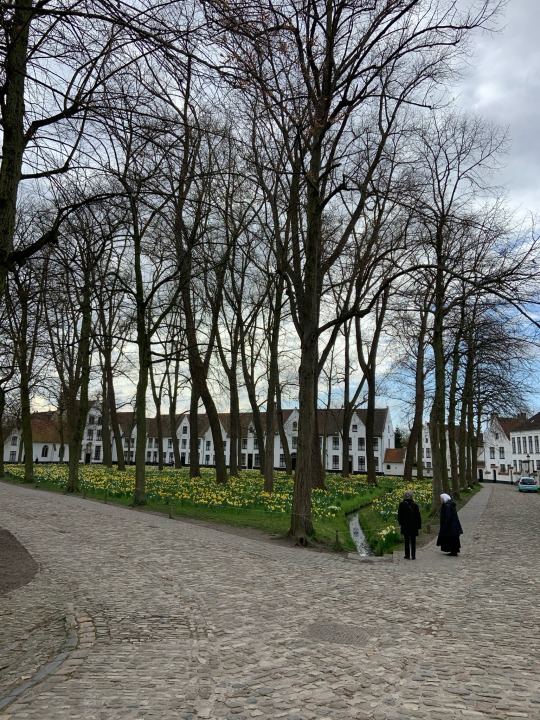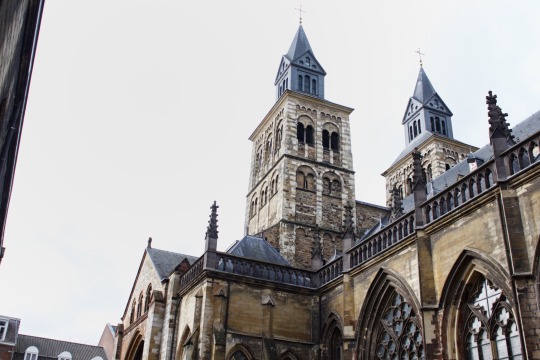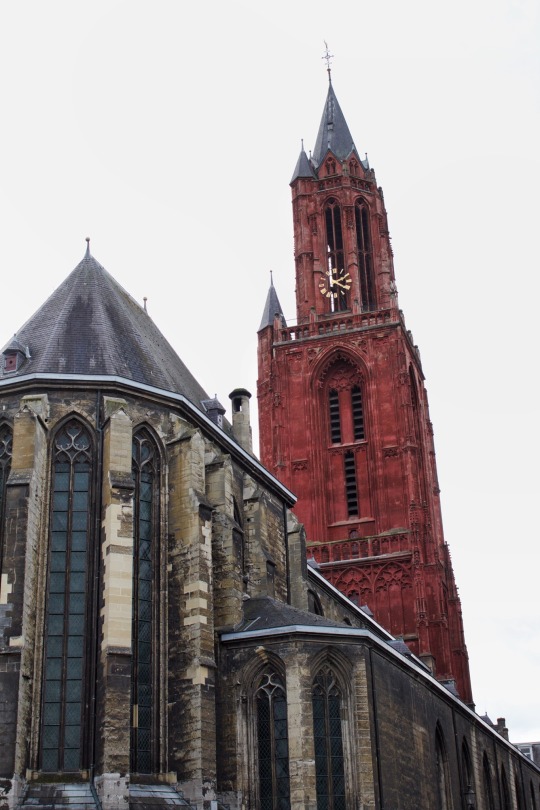Text

I chose to write about St. Andrew’s Castle because if it had not been for the pandemic, I would have traveled to Scotland and Ireland since they are a large portion of my ancestry.
Castle of St. Andrew’s in Scotland has been a part of history in some pretty significant ways, especially with the reformation. It was also the dwelling place for archbishops in Scotland for most of the High Middle Ages. Cardinal David Beaton in the 1500’s was strongly opposed to the Protestant movement. He had George Wishart, a Protestant preacher, burned alive in front of the castle walls so the Protestants inside would witness it. The Protestants then assassinated Beaton for his acts of cruelty.
I was surprised to find out that after a siege against it, an archbishop named John Hamilton repaired the castle but changed the architectural style. After archbishops we’re abolished in 1592, the castle was left without residents to care for it and it plunged into decay. The Great Hall fell into the Sea about 209 years later and now it is nothing more than ruins.
0 notes
Text
I chose to write about the Bethlehem Chapel because I did not get to experience Prague but have always wanted to go there. I hear it is one of the most beautiful cities in Europe so I thought I would research some about it

This large chapel may not look like much but the Bethlehem Chapel located in Prague, Czech Republic was an influential and vital part of the reformation. In fact, it was the birthplace of the reformation movement in the Czech Republic. Bethlehem chapel became famous thanks to a reformer named Jan Hus who preached there from 1402-1413. In 1415 he was burnt as a heretic.
What surprised me most about the chapel is that in the 18th century it was burnt down, leaving only the walls of the chapel. They rebuilt it in the 1950’s. Another surprising factor is that the chapel’s capacity can hold up to 3,000 individuals.
0 notes
Text


I chose to write about the Beguinage in Bruges because it was one of the last places that I was able to go before I had to leave Europe because of the ongoing pandemic. It was beautiful and serene. I also did not know much about it so I wanted to learn more about it by researching it.
The Beguinage in Bruges, Belgium is one of many nunnery-like convents established through the Middle Ages. It technically pre-dates the start of what we know as the Reformation in the 1500’s but no doubt was a great contributor to opposing the Catholic Church. They were a religious movement of single women who acted as nuns but not quite. They were not confined to where they lived and functioned in society as normal people.
I was surprised about how I stumbled upon it. It had no signs telling people where it was. When you walked over the bridge and through some large doors...it was just there. When you walked into the area it was quiet and sunny. It felt like we had just walked into Narnia just from how it came so suddenly.
0 notes
Text


I chose to write about the Sacta Scala because this memory is surreal to me. I was on the very stairs that my savior walked up to be tried for wrongs he did not commit. A literal, breathing part of God was on those stairs 2,000 years ago and that is the closest I will ever be to Him in the flesh.
The Sacta Scala is important to the Reformation because Martin Luther visited Rome to see all the different Holy sites. Pilgrims from all around the world would climb up the stairs on their knees as a way of paying indulgence. Martin Luther did the same as all the other people and prayed and kissed the steps as he climbed them. It was his visiting of the Holy sites that were used for the Catholic church’s monetary gain that later influenced his nailing of the 95 theses in Wittenberg, Germany.
I was not expecting the wood to be on the stairs or to have to go up them on my knees. The wood made my knees ache to the point where I was in terrible pain but that’s the point of it. The pilgrim has to go up on their knees so that they will experience just a fragment of the torture the Son of God experienced for his people.
0 notes
Text



Arriving in Maastricht, I liked the architecture but was not overtly impressed at first. Visiting the following two sites changed my mind about the city. The
The Church of St. John ( bottom two pictures) and the Basilica of St. Servatius (top picture) are two beautiful buildings located in Maastricht Netherlands. Both contain intricate architecture and are filled with history. One can tell that between the two structures there are clear differences. The differences stem from what time period the structures were built in.
For example, The Church of St. John is Romanesque in nature, characterized by the great tower. The Basilica of St. John, on the other hand, is gothic. This is characterized by the intricacy of the details and sharply pointed spires.
1 note
·
View note